Potřebujeme váš souhlas k využití jednotlivých dat, aby se vám mimo jiné mohly ukazovat informace týkající se vašich zájmů. Souhlas udělíte kliknutím na tlačítko „OK“.
ASTM D4641-12
Standard Practice for Calculation of Pore Size Distributions of Catalysts and Catalyst Carriers from Nitrogen Desorption Isotherms
Automaticky přeložený název:
Standardní praktiky pro výpočet velikosti pórů Distribuce katalyzátorů a nosičů katalyzátorů z dusíku desorpce izoterm
NORMA vydána dne 1.5.2012
Informace o normě:
Označení normy: ASTM D4641-12
Poznámka: NEPLATNÁ
Datum vydání normy: 1.5.2012
Kód zboží: NS-28001
Počet stran: 6
Přibližná hmotnost: 18 g (0.04 liber)
Země: Americká technická norma
Kategorie: Technické normy ASTM
Kategorie - podobné normy:
Anotace textu normy ASTM D4641-12 :
Keywords:
catalysts, nitrogen adsorption, pore size distribution, ICS Number Code 71.040.30 (Chemical reagents)
Doplňující informace
| Significance and Use | ||||
|
Pore volume distribution curves obtained from nitrogen sorption isotherms provide one of the best means of characterizing the pore structure in porous catalysts, provided that the limitations of the method are kept in mind. Used in conjunction with the BET treatment for surface area determination (4), these methods provide an indispensable means for studying the structure associated with pores usually important in catalysts. This practice is particularly useful in studying changes in a series of closely related samples caused by treatments, such as heat, compression, or extrusion often used in catalyst manufacturing. Pore volume distribution curves can often provide valuable information during mechanistic studies dealing with catalyst deactivation. |
||||
| 1. Scope | ||||
|
1.1 This practice covers the calculation of pore size distributions for catalysts and catalyst carriers from nitrogen desorption isotherms. The computational procedure is particularly useful for determining how the pore volume is distributed in catalyst samples containing pores whose sizes range from approximately 1.5 to 100 nm (15 to 1000 �) in radius. It should be used with caution when applied to isotherms for samples containing pores both within this size range and pores larger than 100 nm (1000 �) in radius. In such instances the isotherms rise steeply near P/Po = 1 and the total pore volume cannot be well defined. The calculations should be begun at a point on the isotherm near saturation preferably in a region near P/Po = 0.99, establishing an upper limit on the pore size distribution range to be studied. Simplifications are necessary regarding pore shape. A cylindrical pore model is assumed, and the method treats the pores as non-intersecting, open-ended capillaries which are assumed to function independently of each other during the adsorption or desorption of nitrogen. Note 1—This practice is designed primarily for manual computation and a few simplifications have been made for this purpose. For computer computation, the simplified expressions may be replaced by exact expressions. 1.2 The values stated in SI units are to be regarded as standard. No other units of measurement are included in this standard. 1.3 This standard does not purport to address all of the safety concerns, if any, associated with its use. It is the responsibility of the user of this standard to establish appropriate safety and health practices and determine the applicability of regulatory limitations prior to use. |
||||
| 2. Referenced Documents | ||||
|
Podobné normy:
Historická
1.4.2013
Historická
1.3.2014
Historická
1.3.2013
Historická
1.5.2012
Historická
1.3.2013
Historická
1.4.2013
Doporučujeme:
Aktualizace zákonů
Chcete mít jistotu o platnosti užívaných předpisů?
Nabízíme Vám řešení, abyste mohli používat stále platné (aktuální) legislativní předpisy.
Chcete vědět více informací? Podívejte se na tuto stránku.



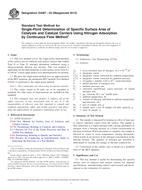 ASTM D4567-03(2013)..
ASTM D4567-03(2013)..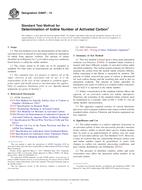 ASTM D4607-14
ASTM D4607-14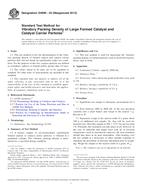 ASTM D4699-03(2013)..
ASTM D4699-03(2013)..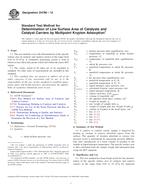 ASTM D4780-12
ASTM D4780-12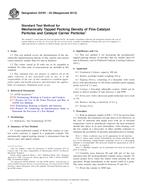 ASTM D4781-03(2013)..
ASTM D4781-03(2013)..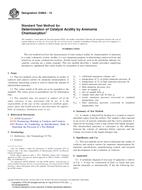 ASTM D4824-13
ASTM D4824-13
 Cookies
Cookies
